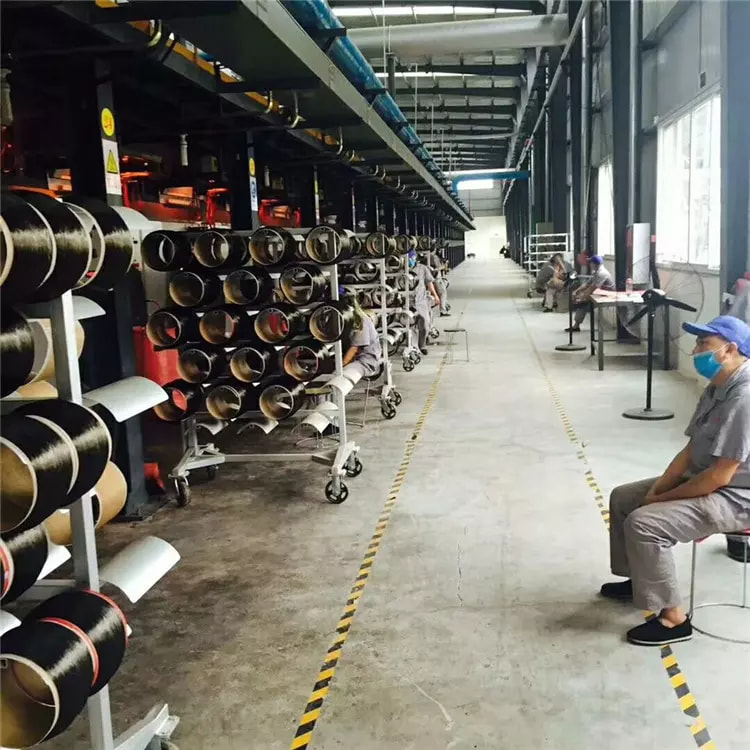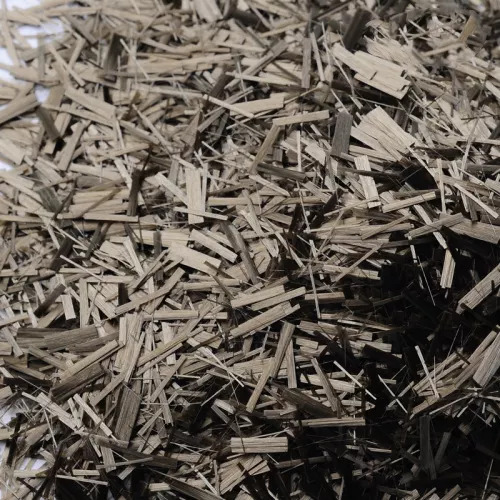The global continuous basalt fiber market size was valued at USD 173.6 million in 2020 and is expected to reach USD 473.6 million by 2030, growing at a CAGR of 10.3% from 2021 to 2030.
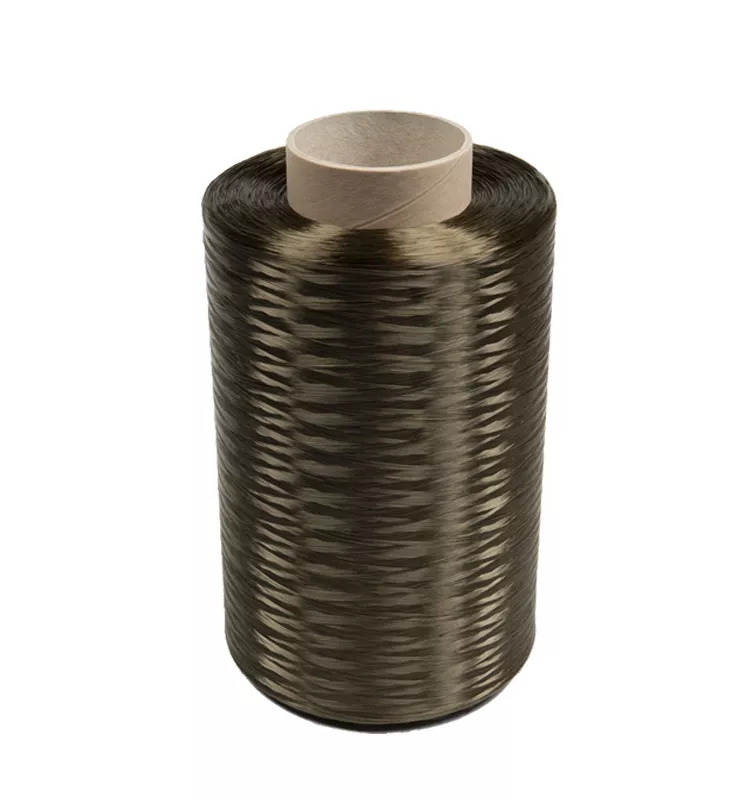
Continuous basalt fiber is an inorganic fiber material made of basalt.Compared to glass fibers, continuous basalt fibers are inexpensive.Continuous basalt fibers are used in various industries such as the automotive, aerospace, marine and electronics industries due to their high structural integrity and mechanical properties.Continuous basalt fibers are used to make products such as reinforcing meshes, nonwovens, fabrics, and tapes.
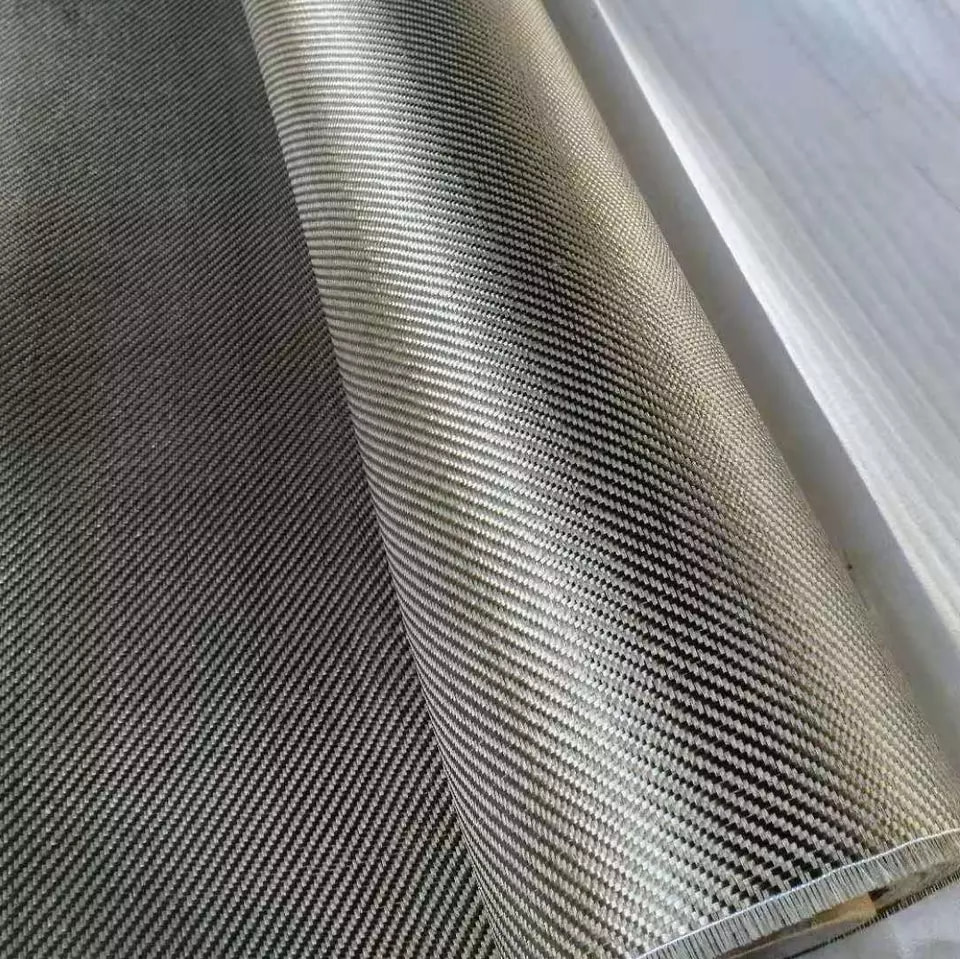
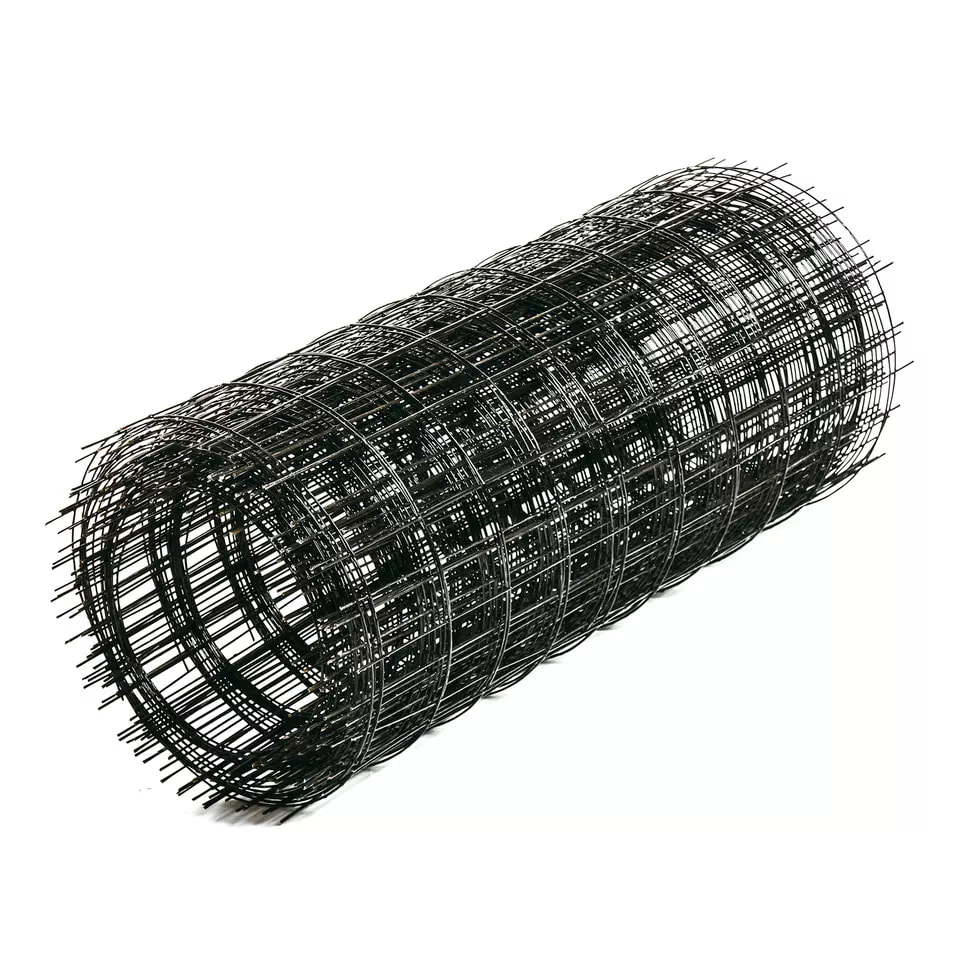
Growing demand for continuous basalt fibers in nuclear applications is driving the growth of the global continuous basalt fiber market.In addition, increasing demand for basalt fibers in marine, aerospace, defense, sports food, and wind energy applications is driving the growth of the global continuous basalt fiber market.Growing automotive industry and rising disposable income of the population are expected to increase the demand for continuous basalt fibers, which will propel the growth of the global continuous basalt fibers market.For example, from 2021 to 2026, the automotive industry in India is expected to grow at a rate of 10.2%.In addition, the accelerated construction and urbanization in developing countries such as India, Brazil, Africa, etc. has propelled the growth of the global continuous basalt fiber market.For example, urbanization in India increased by 2.7% from 2018 to 2020.
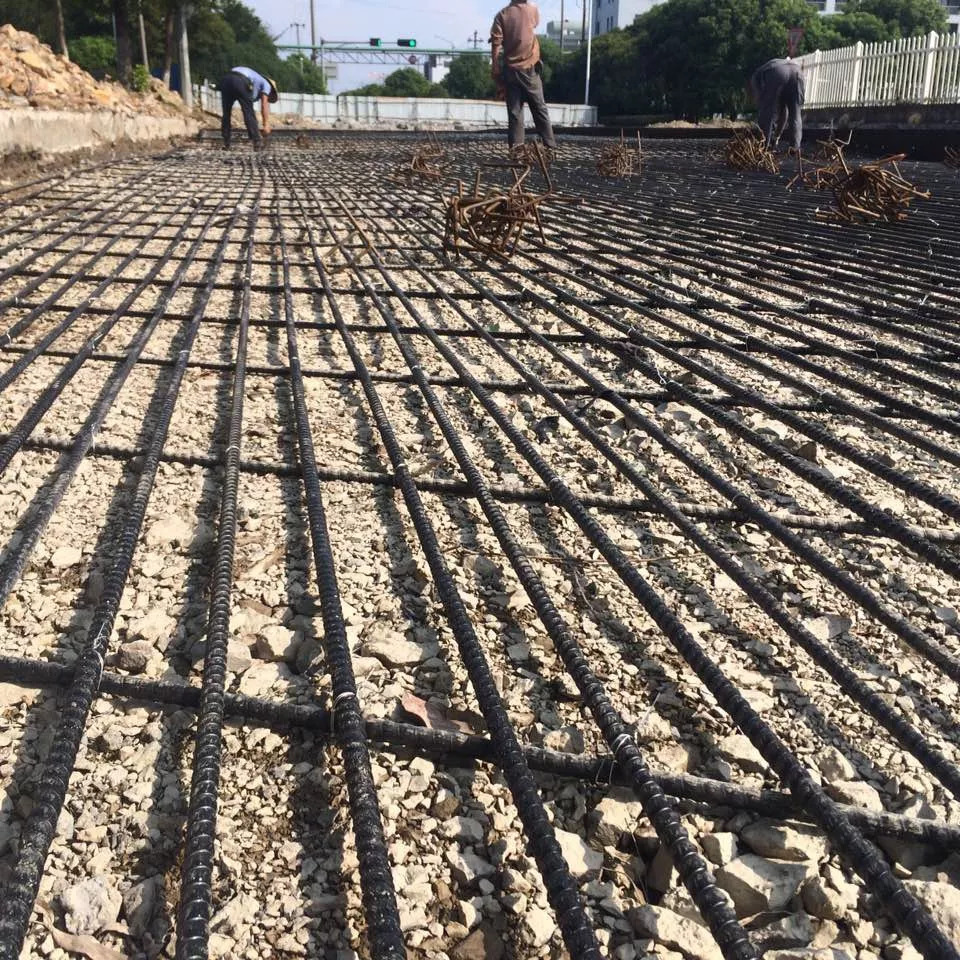
The global continuous basalt fiber market is currently being driven by various factors such as growing demand from the aerospace industry, composite materials for the manufacture of lightweight automotive components, and increasing size of wind turbine blades to generate more electricity in onshore and offshore wind power plants .In the aerospace and automotive industries, lightweight composites reduce the overall weight of vehicles.This has a direct positive effect on fuel efficiency.Higher fuel efficiency helps organizations develop higher emission control regulations.
However, fluctuations in raw material prices and difficulties in basalt fiber promotion are expected to restrain the growth of the global continuous basalt fiber market.Furthermore, the growth of the wind energy market and the growing adoption of eco-friendly and recyclable materials are expected to provide lucrative opportunities for the growth of the global continuous basalt fiber market.
The global continuous basalt fiber market is segmented on the basis of type, product type, processing technology, end user, and region.On the basis of type, the market is divided into basic and advanced.The basic sector has the highest revenue in 2020.According to product type, it is divided into roving, chopped strand, fabric, etc.The roving segment dominated the market in 2020.Based on processing technology, the market is segmented into pultrusion, vacuum infusion, texturing, stitching, and weaving.The other segment has the highest revenue in 2020.According to the end user, it is divided into construction, transportation, industrial and others.
By region, the global continuous basalt fiber market is analyzed in North America (United States, Canada and Mexico), Europe (United Kingdom, France, Germany, Italy and Rest of Europe), Asia Pacific (China, Japan, India, Australia and Rest of Asia Pacific) ) and LAMEA (Latin America, Middle East and Africa).Asia Pacific was the largest contributor to the global continuous basalt fiber market share in 2020 and is expected to maintain its leadership over the forecast period.
www.fiberglassys.com / yaoshengfiberglass@gmail.com
Deyang Yaosheng Composite Materials Co., Ltd. /Sales Manager: Timothy Dong
Post time: Jun-11-2022


